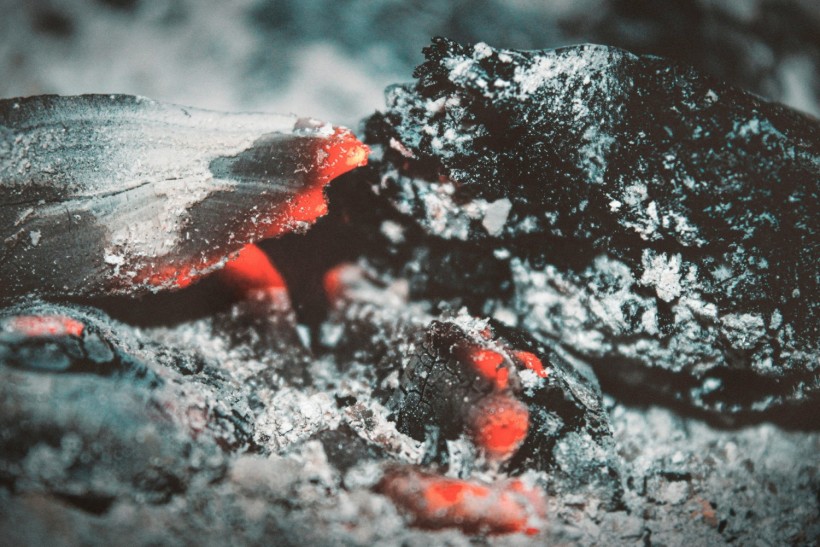Researchers at the University of Barcelona have discovered a highly efficient use for volcanic ash in the field of renewable energy storage. This natural material has shown promise in outperforming traditional molten salts used in solar plants for heat storage.
Volcanic Ash Has Potential to Store Energy

(Photo : Agustín Ljósmyndun from Unsplash)
An interesting finding from Europe-based researchers revealed that volcanic ash is more than just a waste as it can be used as heat storage options in solar plants.
A group of scientists decided to explore volcanic ash's potential as an energy storage medium when a volcanic eruption on La Palam in the Canary Islands took place almost three years ago. It resulted in 7.6 billion cubic feet (200 million cubic meters) of rock and ash waste.
Related Article: Researchers Boost Energy Output by 4.5% with Reflective Surface Innovation
Current Challenges with Molten Salts in Solar Plants
Unlike solar farms that directly convert sunlight into electricity, concentrated solar power (CSP) plants use a field of mirrors to focus solar energy onto a single point, generating immense heat. This heat, often exceeding 1,800°F (1,000°C), is used to produce steam, which drives turbines to generate electricity, according to Interesting Engineering.
Traditionally, CSP plants store excess heat in tanks of molten salts. These salts can retain and release heat when needed, ensuring continuous operation even when the sun isn't shining. However, molten salts have significant drawbacks, notably their high corrosiveness, which can damage storage tanks and pipes.
For instance, a leak at the world's largest CSP in Morocco resulted in $47 million in damages and a temporary shutdown.
Volcanic Ash as a Solution to Corrosion
The University of Barcelona researchers propose that mixing volcanic ash with molten salts can mitigate corrosion issues. Volcanic ash can also help prevent the solidification of salts at lower temperatures.
In their experiments, the researchers converted volcanic ash into pellets and subjected them to over a thousand heating and cooling cycles, ranging from 480°F to 1,380°F (250°C to 750°C). They discovered that volcanic ash has excellent thermal conductivity and heat capacity, and it remains stable even after numerous cycles. This stability suggests that volcanic ash can effectively work alongside molten salts to store heat in CSP plants.
Advantages and Economic Benefits
While volcanic ash does not have the same energy storage capacity as molten salts, its stability and non-corrosive nature make it a valuable addition to CSP systems. The material is also inexpensive and repurposes waste, adding to its appeal.
The researchers highlighted that other materials, such as bricks, sand, and concrete, could also be utilized alongside molten salts for solar energy storage, providing further options for sustainable and cost-effective energy solutions.
Implications for Renewable Energy Goals
This research comes at a crucial time as G7 countries aim to expand renewable energy storage capacity to 1,500 GW by the end of the decade-a sixfold increase from current levels. Such advancements are essential for accelerating the transition from fossil fuels to renewable energy sources.
The findings for the research titled Evaluation of volcanic ash as a low-cost high-temperature thermal energy storage material for concentrated solar power were published in the Journal of Energy Storage.
With this endeavor, the Europe-based researchers marked a big progress in the quest for more efficient and sustainable energy storage solutions.
As the world moves towards a greener future, innovative approaches like the use of volcanic ash could play a vital role in overcoming current limitations and enhancing the viability of renewable energy systems.
Read Also: Intuitive Machines Proposes Lunar Technology for Mars Sample Return Mission Overhaul






